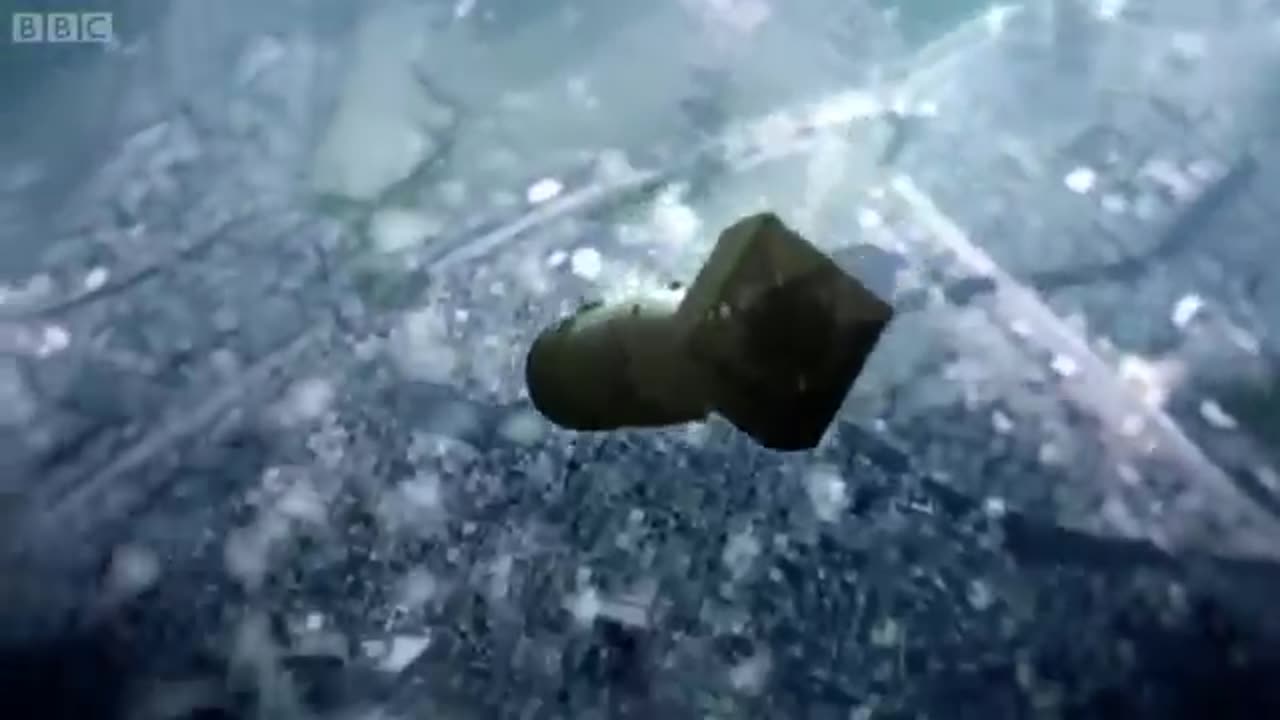Premium Only Content

Hiroshima: Dropping The Bomb
The dropping of the atomic bomb on Hiroshima is one of the most significant and devastating events in modern history. On August 6, 1945, during the final stages of World War II, the United States deployed the first nuclear weapon ever used in warfare over the Japanese city of Hiroshima. The bomb, known as "Little Boy," was dropped from the B-29 bomber Enola Gay and exploded approximately 600 meters above the city. The immediate explosion unleashed a massive blast equivalent to approximately 15 kilotons of TNT, followed by intense heat and radiation.
The impact of the bomb was catastrophic. In an instant, much of Hiroshima was reduced to rubble, and a firestorm ensued, consuming buildings and people alike. An estimated 70,000 to 80,000 people were killed instantly, with the death toll rising to around 140,000 by the end of 1945 due to injuries, radiation sickness, and long-term effects. The blast destroyed nearly 70% of the city's buildings and caused severe damage to infrastructure, leaving the survivors in a devastated and irradiated environment.
The bombing of Hiroshima marked a turning point in the war, demonstrating the unprecedented destructive power of nuclear weapons. It led to Japan's surrender just days later, after a second bomb was dropped on Nagasaki on August 9, 1945. However, the human and ethical consequences of the bombing have been the subject of intense debate ever since.
Hiroshima's experience stands as a stark reminder of the horrors of nuclear warfare and the need for global peace and disarmament. The city's reconstruction in the following years focused on peace and remembrance, with the Hiroshima Peace Memorial Park and the Atomic Bomb Dome becoming symbols of the city's commitment to ensuring such a tragedy never happens again. The event is commemorated annually, with ceremonies and events dedicated to the memory of the victims and the promotion of peace worldwide.
-
 LIVE
LIVE
KataJade
3 hours agoHappy Apex Friday
112 watching -
 LIVE
LIVE
The tooth entertainment
48 minutes agoGears Of War Judgment Livestream lets get to 300 followers #GamingOnRumble
42 watching -
 LIVE
LIVE
xBuRnTx
5 hours agoHappy Friday Everyone!
58 watching -
 2:34:48
2:34:48
Laura Loomer
4 hours agoEP112: MS-13 EVICTED By President Trump
18.8K14 -
 LIVE
LIVE
Toolman Tim
1 hour agoCommunity Gaming Night!! | Among Us
213 watching -
 LIVE
LIVE
GamerGril
2 hours agoMost Dangerous Gril This Side Of The Mississippi
161 watching -
 LIVE
LIVE
ZWOGs
2 hours ago🔴LIVE IN 1440p! - FiveM Fridays!! GTAV RP!! | Dwindle Digby | - Come Hang Out!
104 watching -
 2:05:43
2:05:43
TimcastIRL
4 hours agoTrump Admin Notifies Congress USAID Is CLOSED, Fires EVERYONE, ITS OVER w/Dan Holloway | Timcast IRL
188K92 -
 51:18
51:18
Man in America
8 hours agoClear Skies Coming? States Rally to Ban Geoengineering as RFK Jr. Calls Out ‘Toxic Dousing'
25.9K37 -
 LIVE
LIVE
BlackDiamondGunsandGear
8 hours agoThe time is NOW! / EDC / Preps / Load Out
83 watching